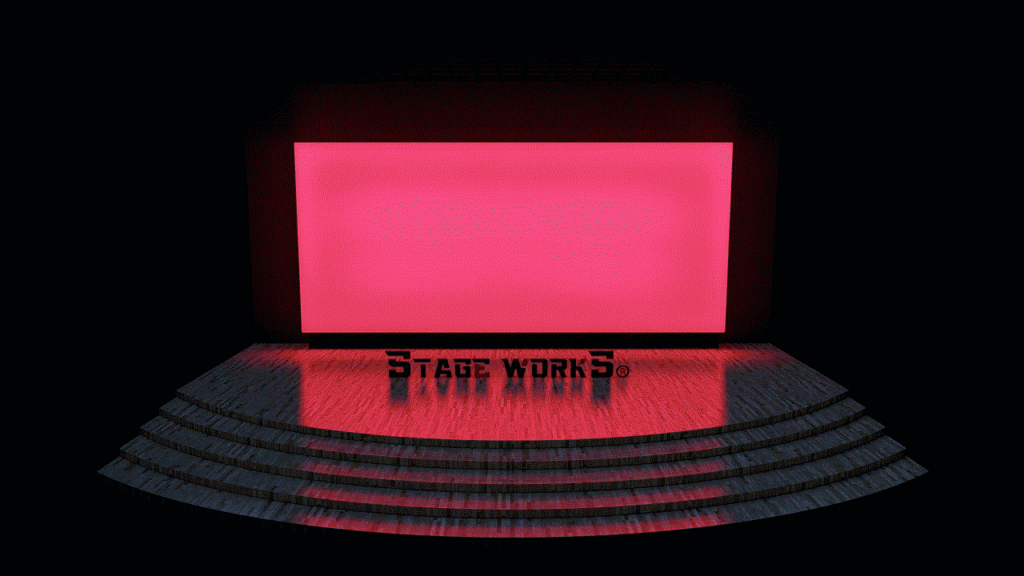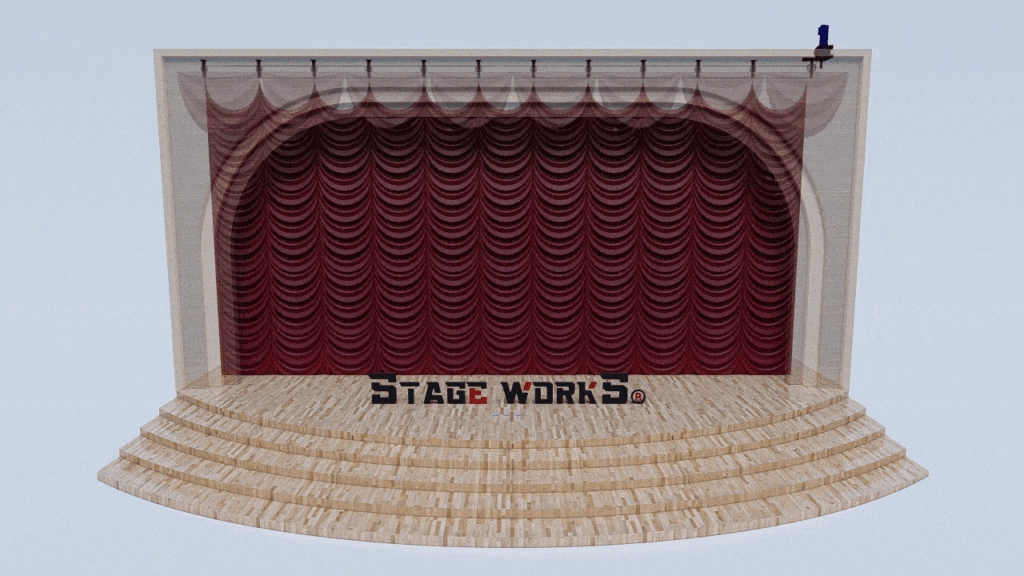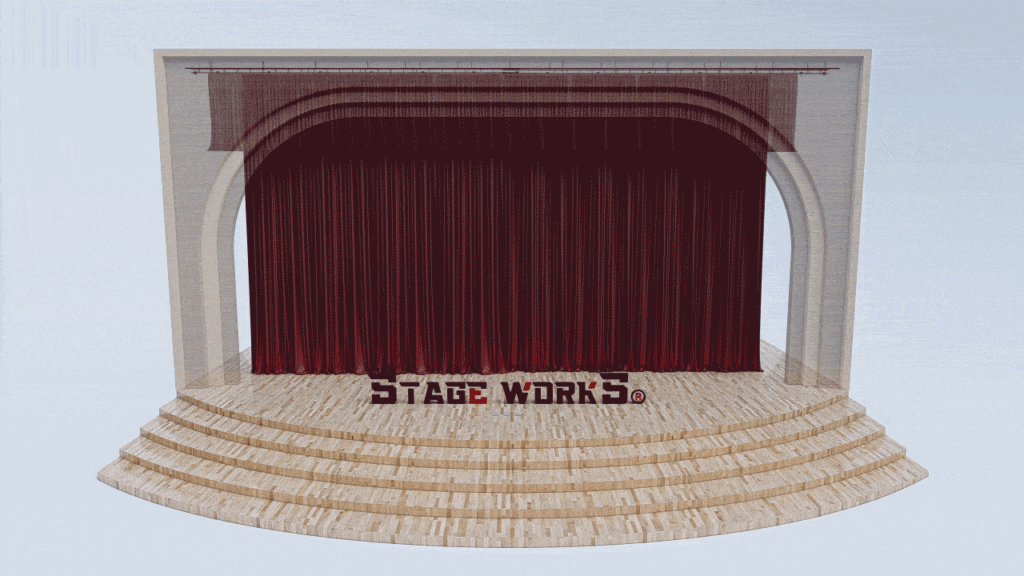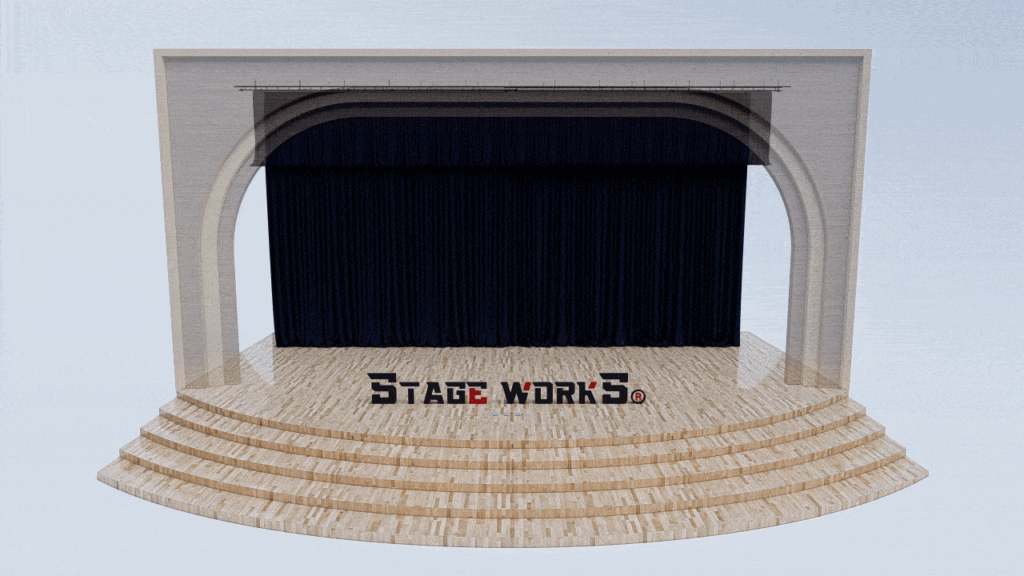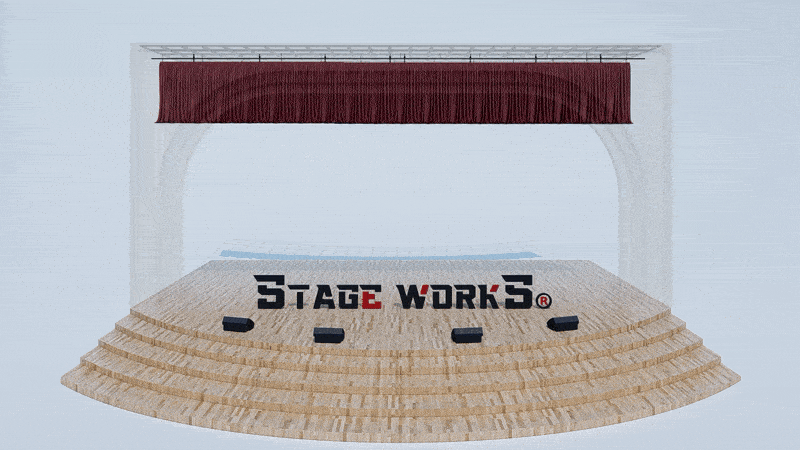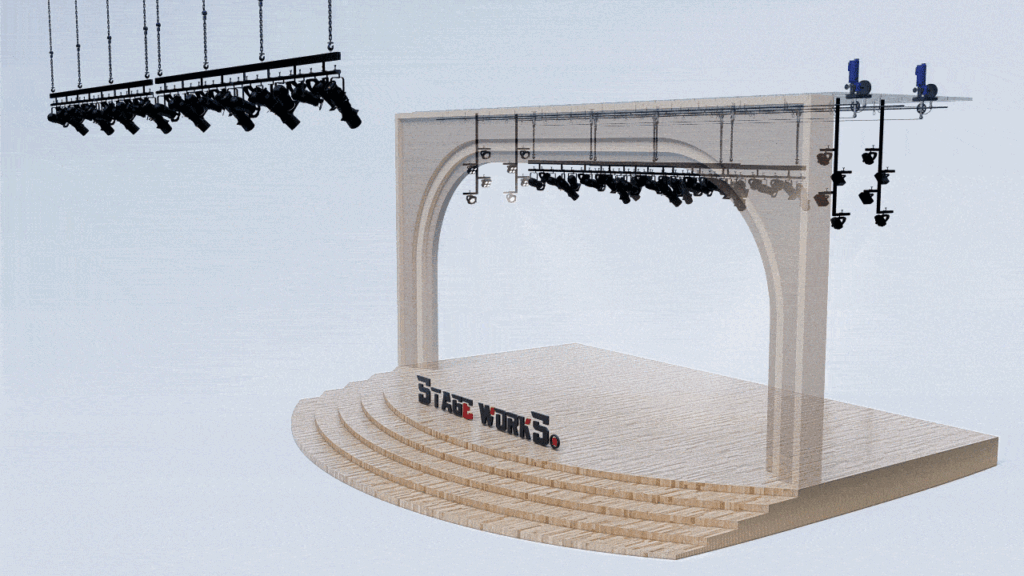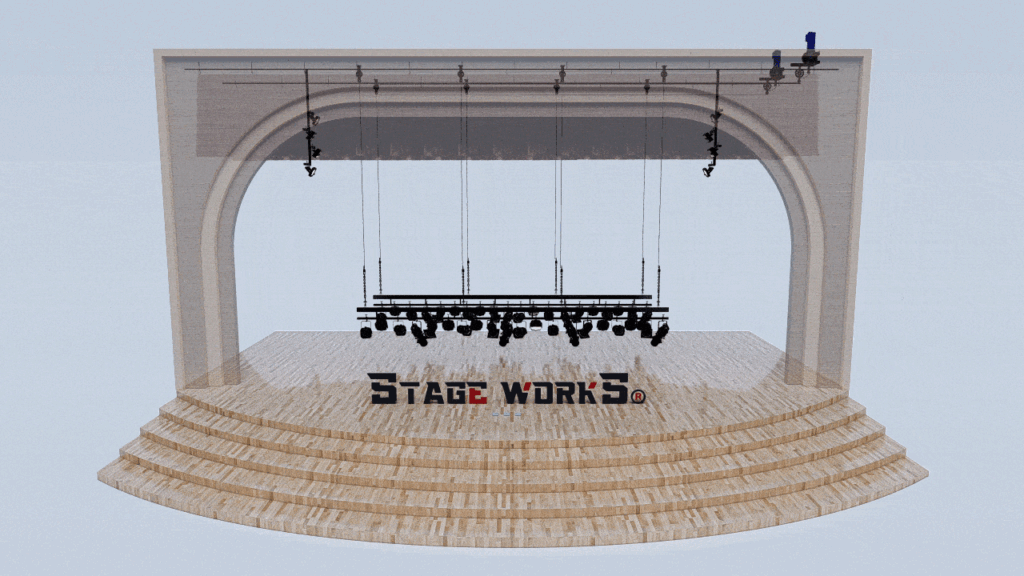Setting the Stage for Success: Your Guide to Choosing the Perfect Stage Curtain
Understanding Your Needs: A Foundation for Selection
Before diving into the specifics of fabrics and finishes, it’s crucial to assess your unique performance space requirements. Consider the size of your stage, the type of productions you typically host (theatre, concerts, conferences, etc.), and your budget. A grand opera house will have vastly different needs than a small school auditorium. Factors such as light transmission, sound absorption, and ease of operation must be carefully weighed against your available resources. Understanding these fundamental needs forms the bedrock of your stage curtain selection process.
Fabric Focus: Unveiling the Right Material
The heart of any stage curtain is its fabric. A wide array of options exists, each with its own advantages and disadvantages. Velvet, a classic choice, offers luxurious drape and excellent light absorption, perfect for creating a dramatic atmosphere. However, its cost can be higher. More budget-friendly alternatives include cotton duck or polyester, providing durability and versatility. Consider the specific needs of your productions. Will you need a fabric that resists wrinkles? Is sound dampening crucial? Does the fabric need to be flame-retardant (essential for safety)? These questions will help you narrow down the ideal material.
Beyond the Fabric: Hardware and Functionality
The curtain’s functionality is equally important. Will you require a single curtain, or multiple layers for scene changes and lighting effects? The type of hardware – tracks, pulleys, and motors – will significantly influence both the cost and the ease of operation. Consider the weight of the chosen fabric, and select hardware capable of reliably supporting it. Automated systems offer seamless transitions and convenience, while manual systems provide a cost-effective solution. Explore the various operating systems and choose the one that best suits your budget and technical capabilities.
Light and Sound: Controlling the Atmosphere
Stage curtains play a vital role in shaping the ambiance of a performance. Light absorption or transmission can dramatically alter the mood and visibility of a show. Opaque curtains are ideal for creating darkness and dramatic reveals, while translucent fabrics can diffuse light to create softer, more ethereal effects. Similarly, the fabric’s sound-absorbing properties can impact the acoustics of the space. Heavier fabrics tend to absorb more sound, while lighter fabrics allow for greater sound projection. Consider the balance between light and sound management based on your specific venue and production requirements.
Maintenance and Longevity: Choosing Durability
Investing in high-quality stage curtains means investing in their longevity. Regular cleaning and maintenance are crucial to preserving the fabric’s integrity and extending its lifespan. Consider the ease of cleaning and the fabric’s resistance to wear and tear. Certain fabrics are more susceptible to damage than others, so careful selection based on expected usage is vital. Choosing durable fabrics and hardware will help minimize maintenance costs and maximize the return on your investment.
Budgeting and Sourcing: Finding the Perfect Fit
Finally, budgeting is a key factor in selecting stage curtains. Prices vary considerably depending on the fabric, hardware, size, and complexity of the system. Thoroughly research different suppliers to compare pricing and quality. At stagecurtains.in, we provide a wide range of options to suit diverse budgets and needs. Contact us today to discuss your project requirements and let us help you find the perfect stage curtains to bring your vision to life. We offer expert guidance, ensuring you receive the best possible value for your investment.



